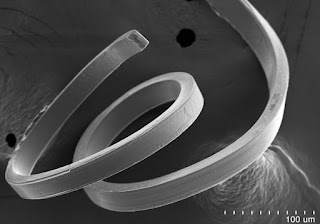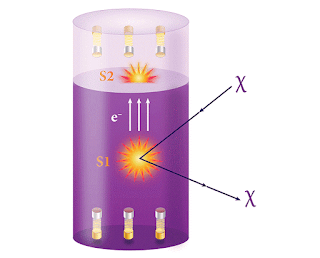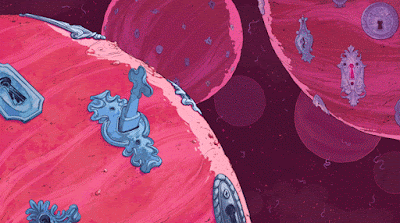 |
| An early book cover at Open Library |
Topics: African Americans, Diaspora, Diversity in Science, STEM, Women in Science
Good reads has the following summary:
Published to wide controversy, it became the source (acknowledged or unacknowledged) of much of our thinking about race relations and was for many a catalyst for the civil rights movement. It remains the most courageous, insightful, and eloquent critique of the pre-1960s South.
"I began to see racism and its rituals of segregation as a symptom of a grave illness," Smith wrote. "When people think more of their skin color than of their souls, something has happened to them." Today, readers are rediscovering in Smith's writings a forceful analysis of the dynamics of racism, as well as her prophetic understanding of the connections between racial and sexual oppression.
What is now controversial would be considered genre in the 21st Century. We've come so far, and yet have so far to go.
Lillian Smith was herself an enigma: she wrote Killers of the Dream in 1949, six years before Emmett Till would take his faithful trip south ending in his brutal death that would spark more activism and less philosophy in the Civil Rights movement.
 |
| Photo of Lillian Smith at the Blog: "stuff white people do" (ahem: by a white guy, on hiatus since 2010) |
Lillian was herself a closeted lesbian, during an era where the closet was less for protection from embarrassment or shunning by one's family: being in the south, a noose was likely connected to punishment from a "righteous mob."
An excerpt below I found powerful and poignant. I encourage you at no benefit to myself, to give yourself the treat of this book. This one, along with the other I'll share Monday, was extremely cathartic during a divisive election cycle where I questioned the motivations of my coworkers not from what they did, but what they had the audacity to say in my presence.
From part II, chapter III: Three Ghost Stories, page 123 (paperback):
"Historically, the first Ku Klux Klan originated in Pulaski, Tennessee, in 1866, formed by six ex-Confederate soldiers, half as a lark but used quickly afterward as an impromptu way of meeting an emergency situation in which the South was left without law enforcement agencies. Had it actually been impromptu and accidental, the idea would have been discarded and forgotten when order was restored in the South. But instead, it lived on and spread like an epidemic. Now today, more than eighty years later, the Klan rides in New Jersey as well as in Georgia and Alabama. It no longer limits itself to the revenging of 'raping' and the 'protecting' of womanhood nor is it turned solely against the Negro race. It is used against unions, against middle-class 'deviationists,' against people who 'drink,' against anyone who does or says anything the Klan disapproves of. It is becoming more undisguised and more undifferentiated in its sadism and intolerance, until now it is in the main a ceremonial acting out of men's deeply repressed fantasies and deeply repressed needs for revenge and penance. It gathers under its hood the mentally ill, the haters who have forgotten what it is they hate or who dare not harm their real hate object, and also the bored and confused and ignorant. The Klan is made up of ghosts on the search for ghosts who have haunted the southern soul too long."
"Killers of the Dream," by Lillian Smith
"If you are south of the Canadian border, you are IN the south!" Malcolm X












